Home>Gardening & Outdoor>Landscaping Ideas>How Long To Stay Off New Grass
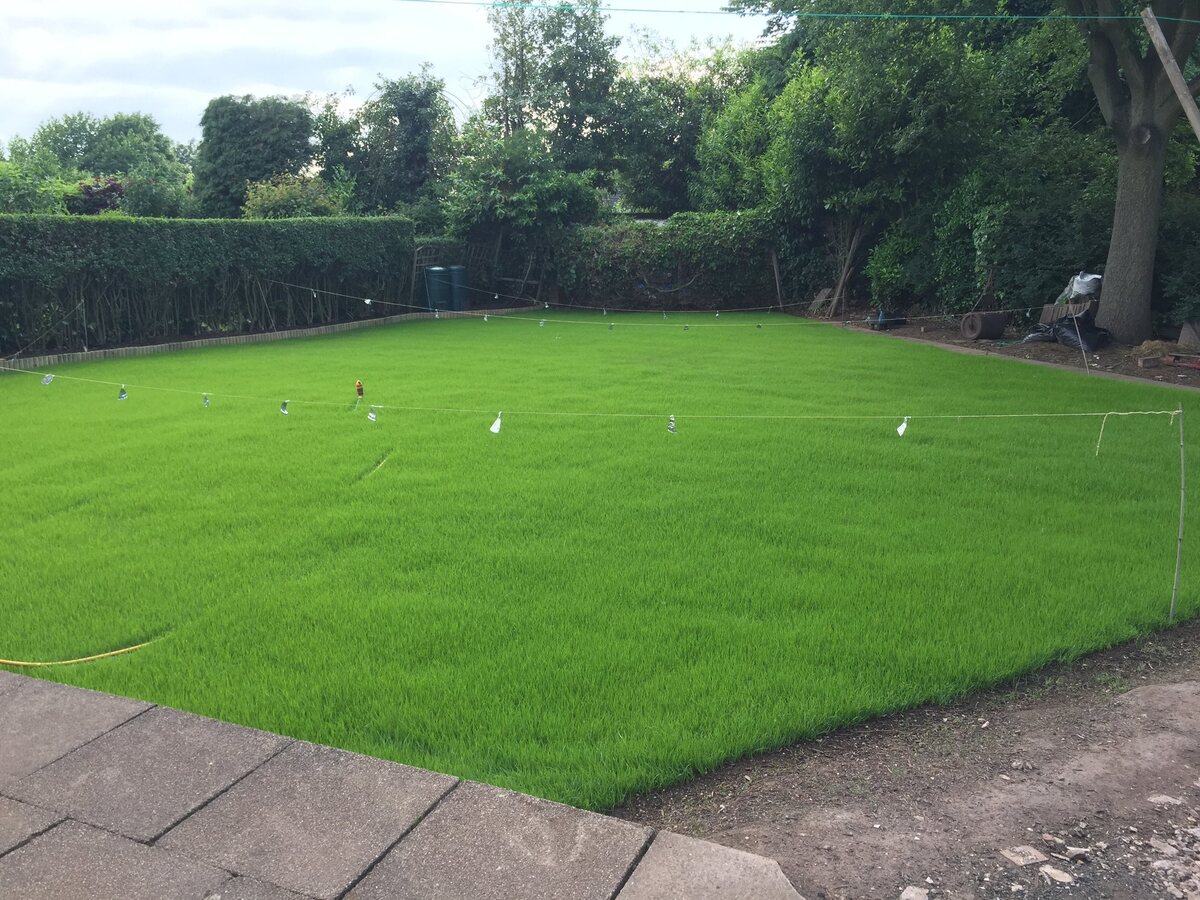

Landscaping Ideas
How Long To Stay Off New Grass
Modified: June 1, 2024
Discover the best landscaping ideas for how long to stay off new grass and ensure a healthy, vibrant lawn. Learn expert tips for optimal grass growth and maintenance.
(Many of the links in this article redirect to a specific reviewed product. Your purchase of these products through affiliate links helps to generate commission for Storables.com, at no extra cost. Learn more)
**
Introduction
**
So, you've just planted new grass in your yard, and you're eager to start enjoying the lush, green expanse. However, it's crucial to exercise patience and caution during the initial stages of grass establishment to ensure a healthy and vibrant lawn in the long run. One common question that arises during this period is, "How long should I stay off my new grass?" This article will delve into the factors affecting the establishment of new grass, the recommended duration for staying off the freshly laid turf, and essential tips for nurturing your new lawn to its full potential. Let's embark on this journey to understand the intricacies of new grass establishment and how to set the stage for a thriving, verdant landscape.
Key Takeaways:
- Allow new grass to establish for 2-3 weeks before walking on it. Check for root development, visual appearance, and soil stability to ensure readiness for foot traffic.
- After initial establishment, maintain new grass with regular watering, proper mowing, fertilization, weed control, aeration, and pest management for a thriving and picturesque lawn.
Read more: How Long To Stay Off Grass Seed
Factors Affecting New Grass Establishment
Several factors play pivotal roles in the successful establishment of new grass. Understanding these elements can help you make informed decisions and take appropriate measures to foster optimal growth and development. Here are the key factors to consider:
- Grass Type: The type of grass you have planted significantly influences its establishment period. Different grass species have varying growth rates and resilience, affecting the time required for the turf to become fully established.
- Weather Conditions: Weather exerts a profound impact on new grass. Factors such as temperature, humidity, and precipitation levels can either facilitate or hinder the establishment process. Extreme heat or drought can impede growth, while consistent, moderate conditions can promote healthy development.
- Soil Quality: The condition of the soil is critical for new grass establishment. Factors such as soil composition, pH levels, drainage, and nutrient content directly affect the turf's ability to take root and thrive. Well-prepared, nutrient-rich soil provides an ideal foundation for grass growth.
- Watering and Irrigation: Adequate and consistent watering is essential for new grass to establish strong roots. Proper irrigation practices, including timing and frequency, are crucial for ensuring that the turf receives the moisture it needs to flourish.
- Maintenance and Care: The care and maintenance practices employed during the initial growth phase significantly impact the establishment of new grass. Proper mowing, fertilization, and pest control contribute to the overall health and resilience of the turf.
By considering and addressing these factors, you can create an environment conducive to the successful establishment of new grass, setting the stage for a vibrant and enduring lawn.
Recommended Time to Stay Off New Grass
Once you have planted new grass, it is essential to allow adequate time for the turf to establish itself before subjecting it to foot traffic, play, or other activities. While the exact duration may vary based on several factors, a general guideline can help you determine the appropriate time to stay off your new grass.
Typically, it is advisable to avoid walking on or using the newly laid turf for approximately 2 to 3 weeks. During this period, the grass roots are actively establishing and anchoring themselves in the soil. Introducing foot traffic or other stressors too soon can impede this crucial process and hinder the overall health and resilience of the lawn.
It is important to monitor the progress of your new grass and assess its readiness for regular use. Factors such as grass type, weather conditions, and maintenance practices can influence the timeline for allowing traffic on the turf. Observing the following indicators can help you determine when it is safe to resume normal activities on your new lawn:
- Root Development: Check the depth and spread of the grass roots to ensure that they have adequately anchored the turf. Gently lift a corner of the sod to inspect the root growth and assess its readiness for foot traffic.
- Visual Appearance: Observe the overall appearance of the grass. A healthy, vibrant color and uniform growth indicate that the turf is thriving and becoming established.
- Soil Stability: Ensure that the soil beneath the grass has settled and compacted sufficiently to withstand foot traffic without causing damage to the turf.
By patiently allowing the new grass to establish itself and carefully evaluating its readiness, you can promote a strong and resilient lawn that will provide enjoyment and beauty for years to come.
Stay off new grass for at least 2-3 weeks to allow the roots to establish. This will help the grass grow strong and healthy.
Tips for Maintaining New Grass
After the initial establishment period, proper maintenance is crucial for nurturing the continued growth and health of your new grass. Implementing the following tips can help you safeguard the vitality and beauty of your lawn:
- Regular Watering: Consistent and deep watering is essential for new grass. Ensure that the turf receives approximately 1 inch of water per week, either through rainfall or irrigation. Deep watering encourages robust root development and enhances the overall resilience of the grass.
- Mowing Practices: When mowing newly established grass, adhere to the recommended mowing height for your specific grass type. Avoid cutting more than one-third of the grass blade length at a time to prevent stress and maintain the turf’s vigor.
- Fertilization: Proper fertilization supports the ongoing growth and vitality of the grass. Utilize a high-quality, balanced fertilizer to provide essential nutrients and promote lush, healthy turf.
- Weed Control: Vigilantly monitor the new grass for any signs of weed growth. Promptly address any weeds that emerge to prevent them from competing with the turf for resources and stunting its development.
- Aeration: Periodic aeration helps alleviate soil compaction and facilitates optimal air, water, and nutrient penetration to the grass roots. This practice promotes a robust root system and enhances the overall health of the lawn.
- Pest Management: Stay alert for any signs of pests or lawn-damaging insects. Implement appropriate pest management strategies to protect the new grass from potential threats and preserve its vitality.
By incorporating these maintenance tips into your lawn care routine, you can contribute to the continued strength and beauty of your new grass, ensuring a thriving and picturesque landscape for years to come.
Conclusion
Establishing new grass is an exciting endeavor that holds the promise of a lush and vibrant lawn. By understanding the factors that influence grass establishment, determining the recommended duration for staying off the new turf, and implementing essential maintenance tips, you can set the stage for a resilient and enduring landscape.
Patience and attentive care are paramount during the initial stages of new grass growth. Allowing the turf to establish itself without undue stress or disturbance is crucial for fostering strong root development and overall resilience. By adhering to the recommended timeline for staying off new grass and carefully monitoring the turf’s progress, you can contribute to the long-term health and beauty of your lawn.
Furthermore, consistent and proactive maintenance practices, including proper watering, mowing, fertilization, and pest management, are essential for nurturing the ongoing growth and vitality of the new grass. By prioritizing these key aspects of lawn care, you can safeguard the health and beauty of your turf, ensuring a stunning and inviting landscape for years to come.
As you embark on this journey of establishing and maintaining new grass, remember that each lawn is unique, and factors such as grass type, weather conditions, and soil quality can influence the specific needs of your turf. By remaining observant, patient, and dedicated to providing the necessary care, you can cultivate a flourishing and resilient lawn that will be a source of pride and enjoyment for you and your family.
With a thoughtful and informed approach to new grass establishment and maintenance, you can create a captivating outdoor space that enhances the beauty of your home and provides a welcoming environment for relaxation and recreation.
Frequently Asked Questions about How Long To Stay Off New Grass
Was this page helpful?
At Storables.com, we guarantee accurate and reliable information. Our content, validated by Expert Board Contributors, is crafted following stringent Editorial Policies. We're committed to providing you with well-researched, expert-backed insights for all your informational needs.
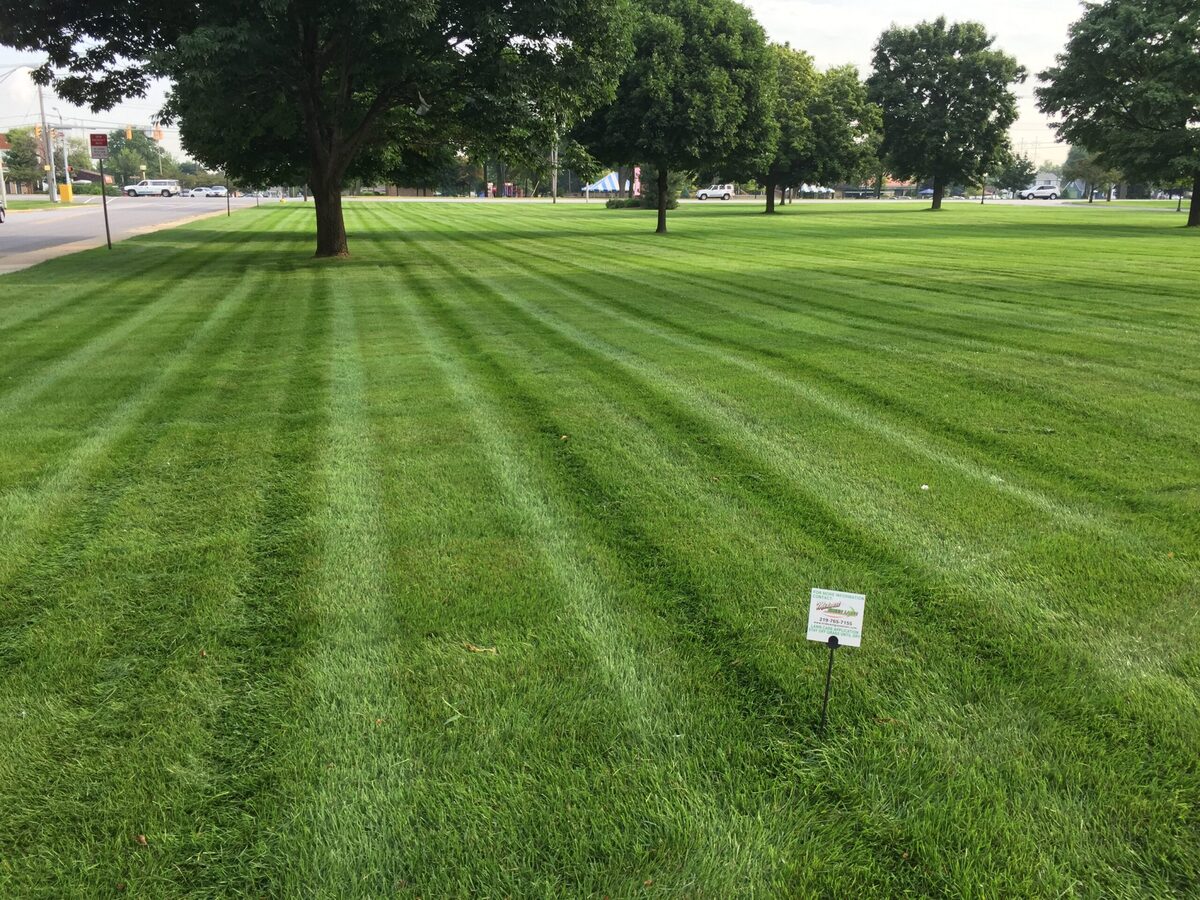
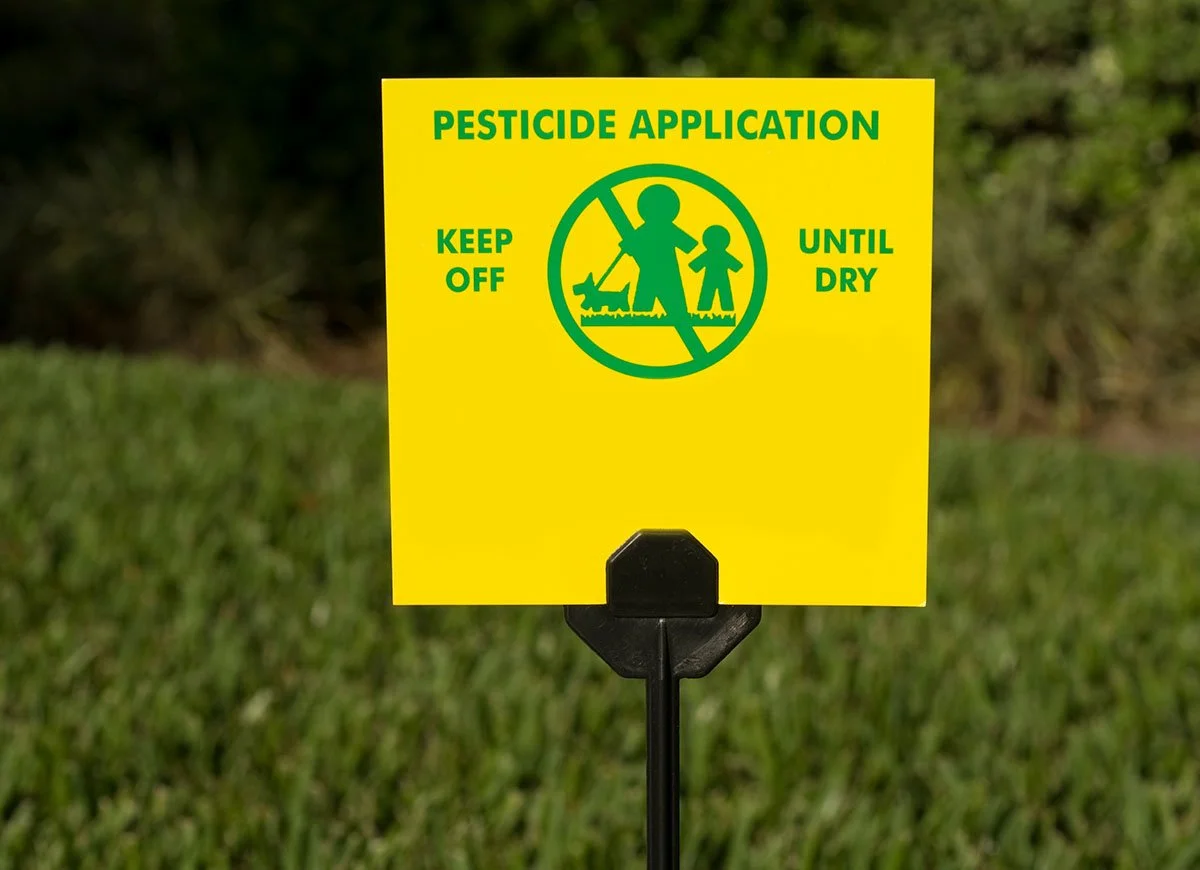
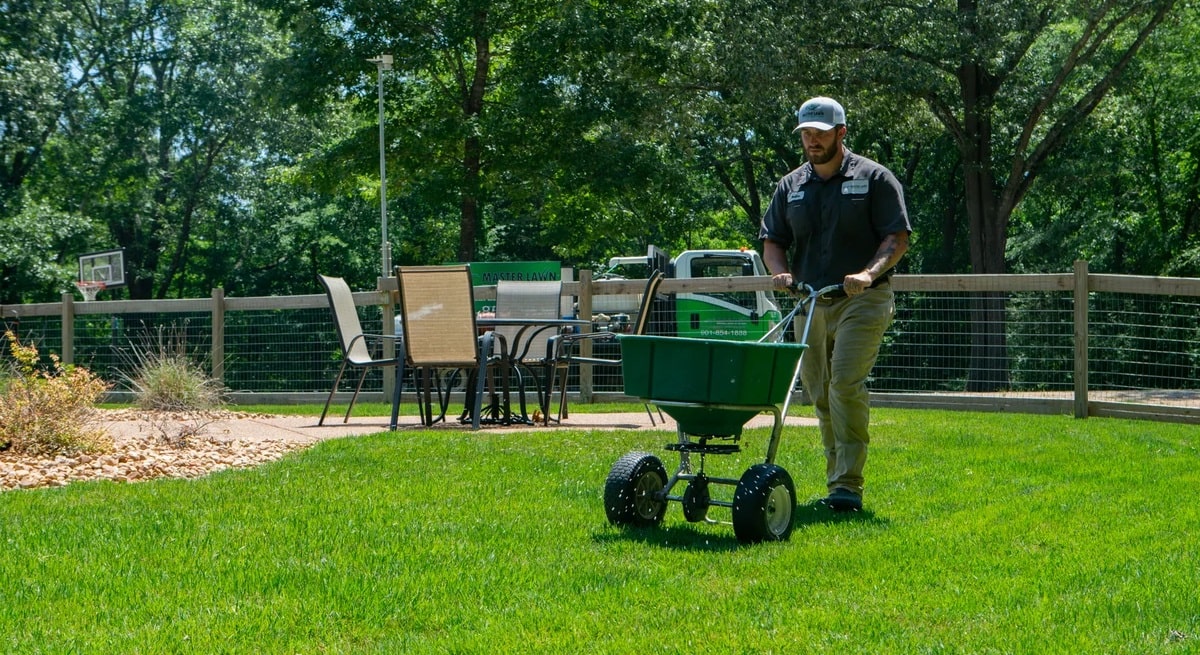

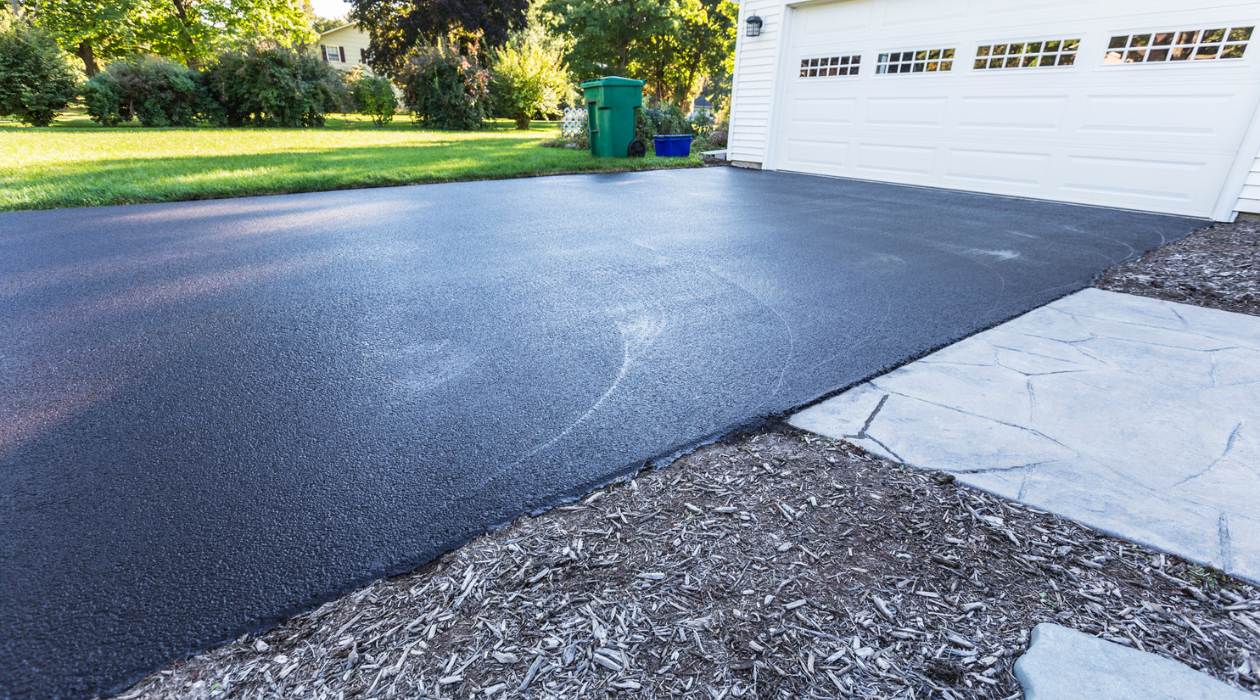
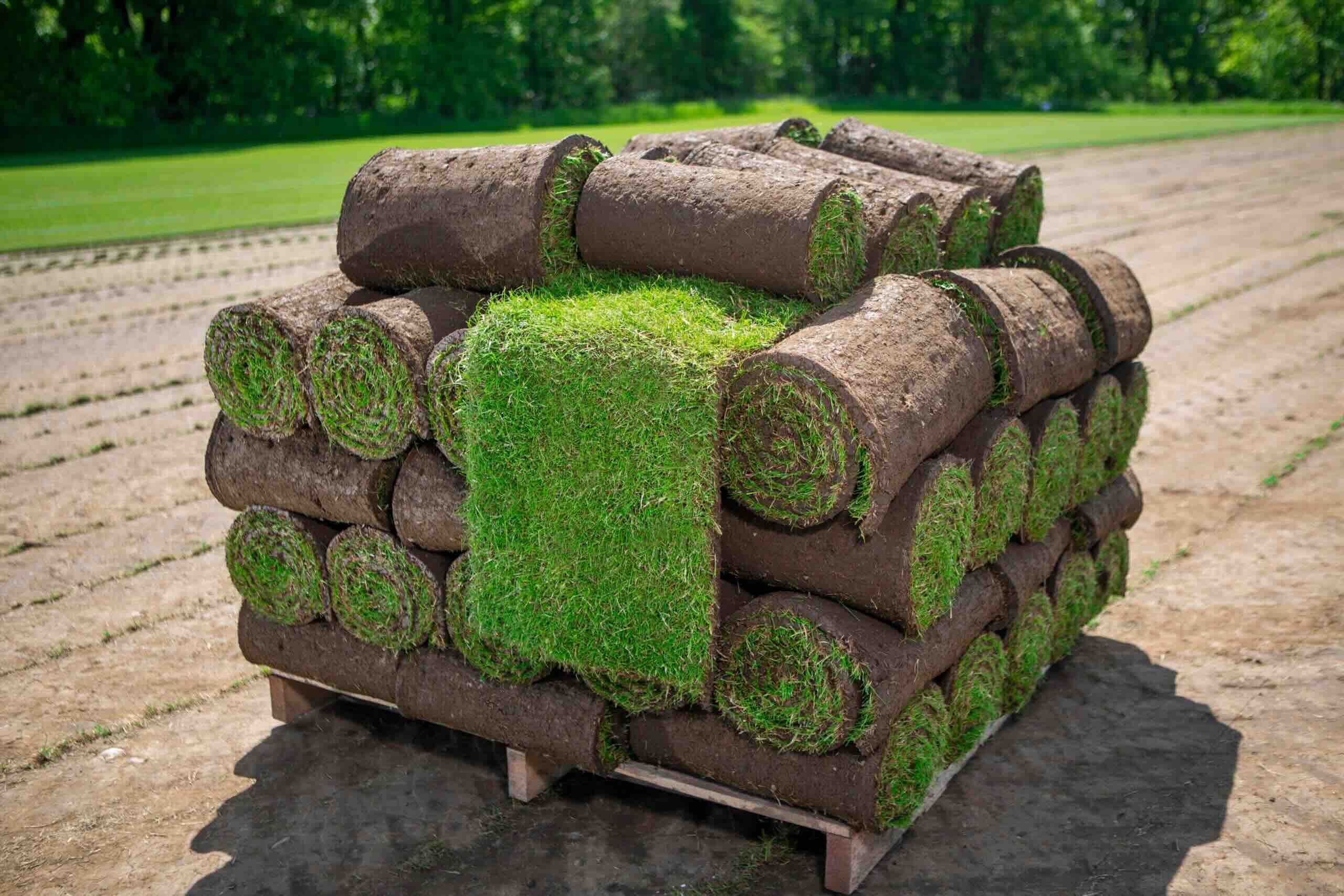
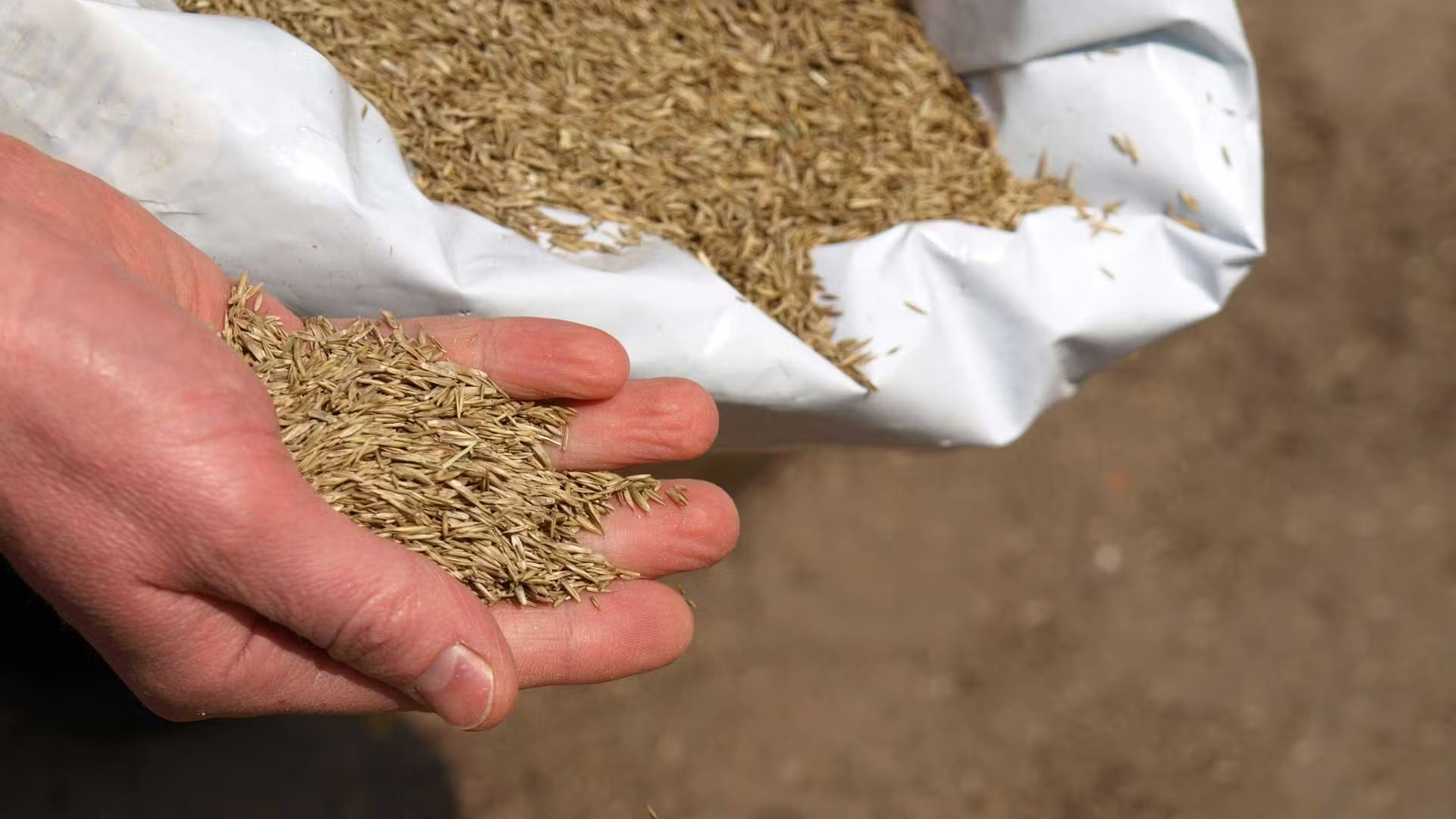
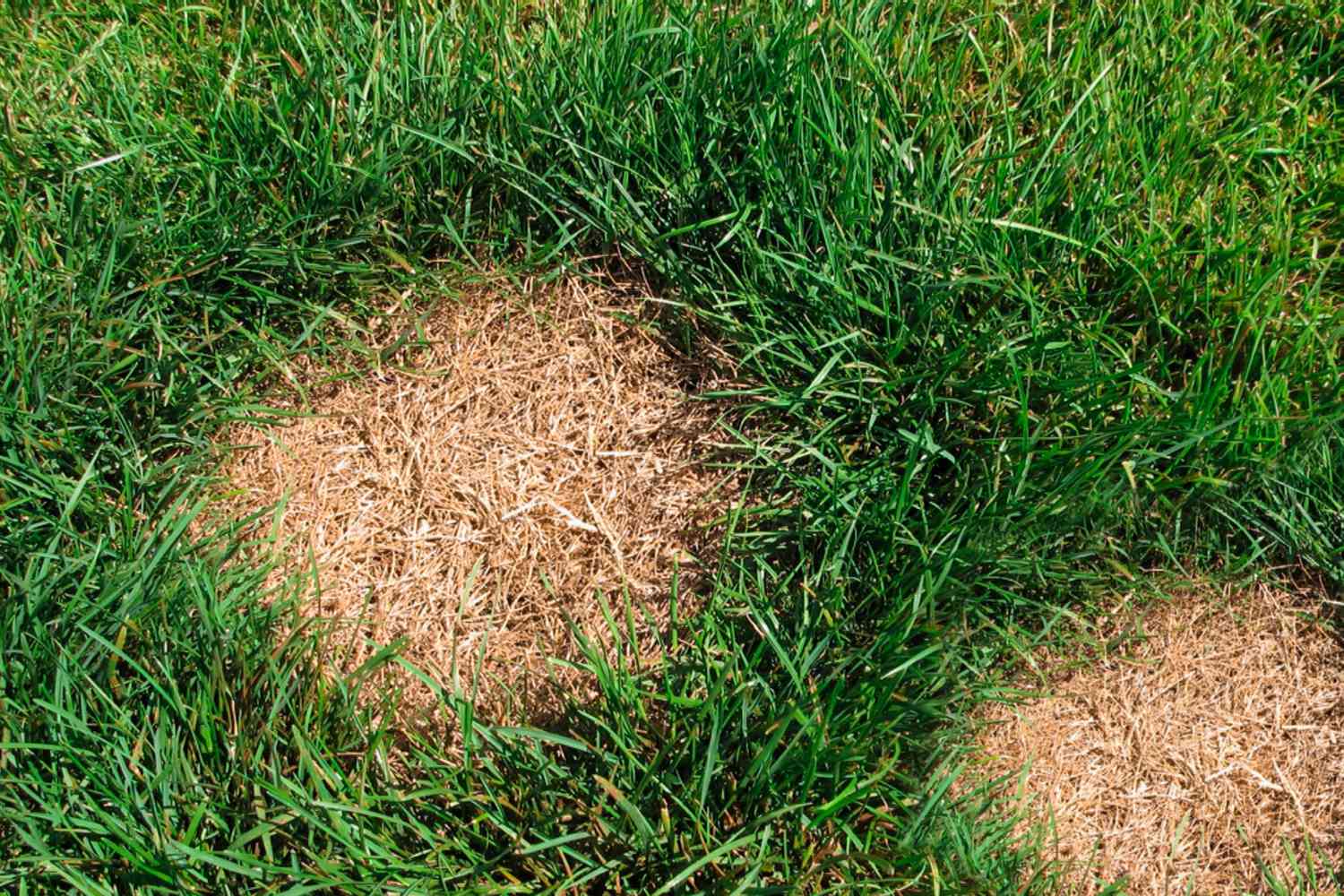
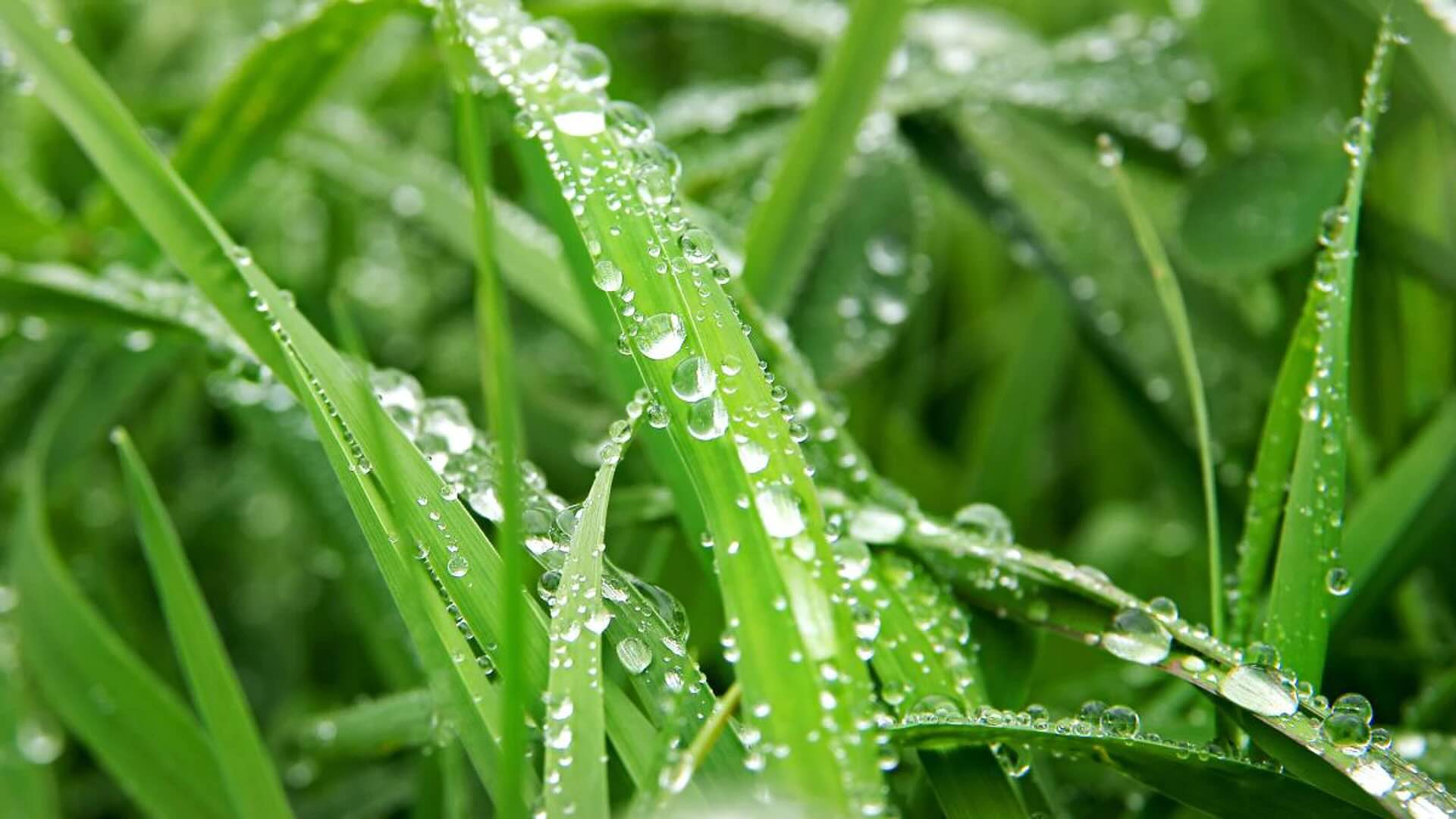
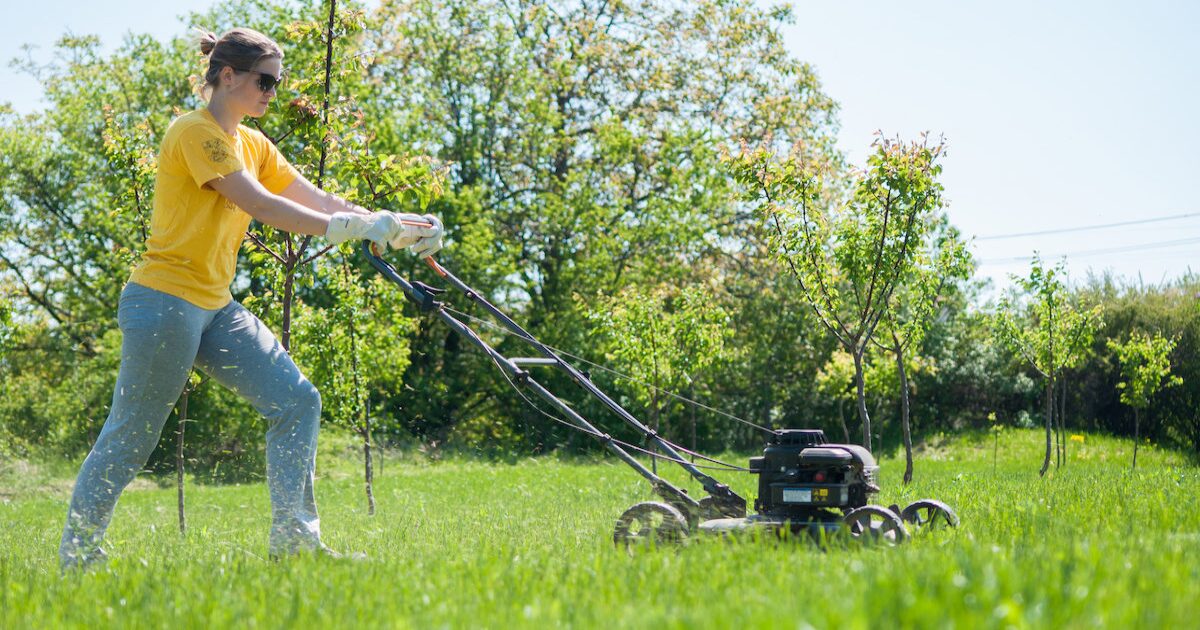
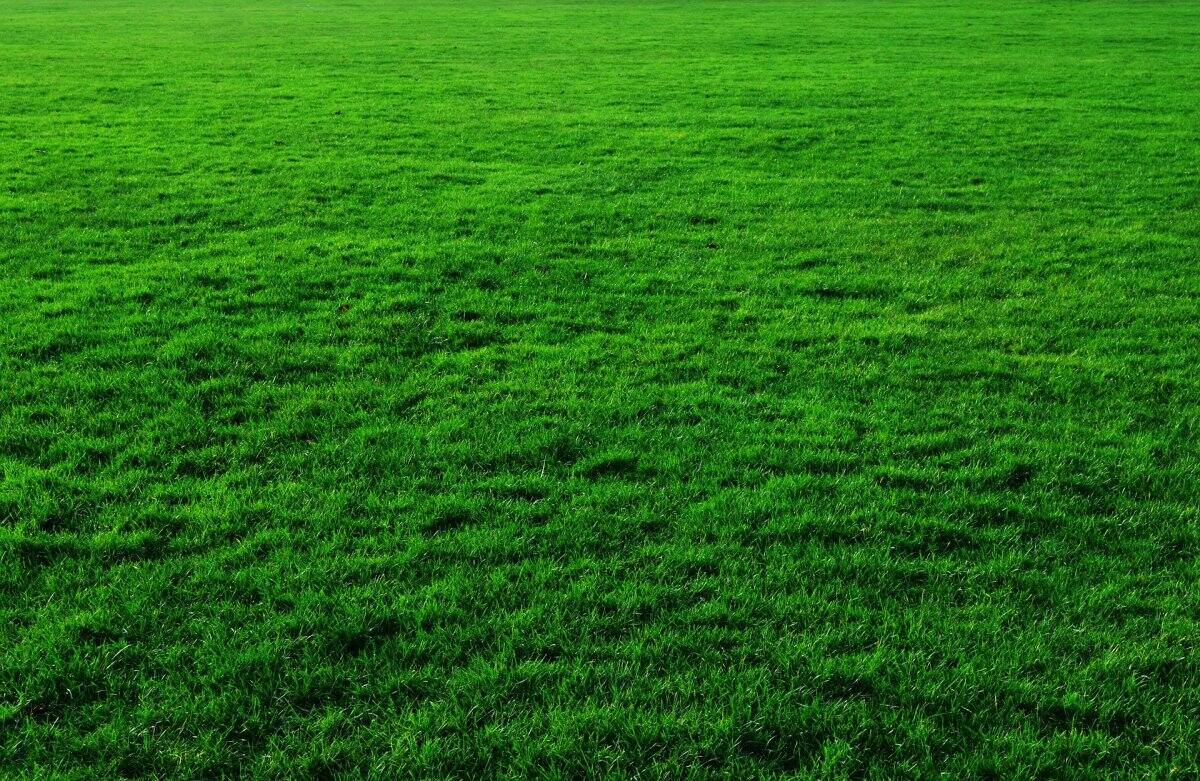
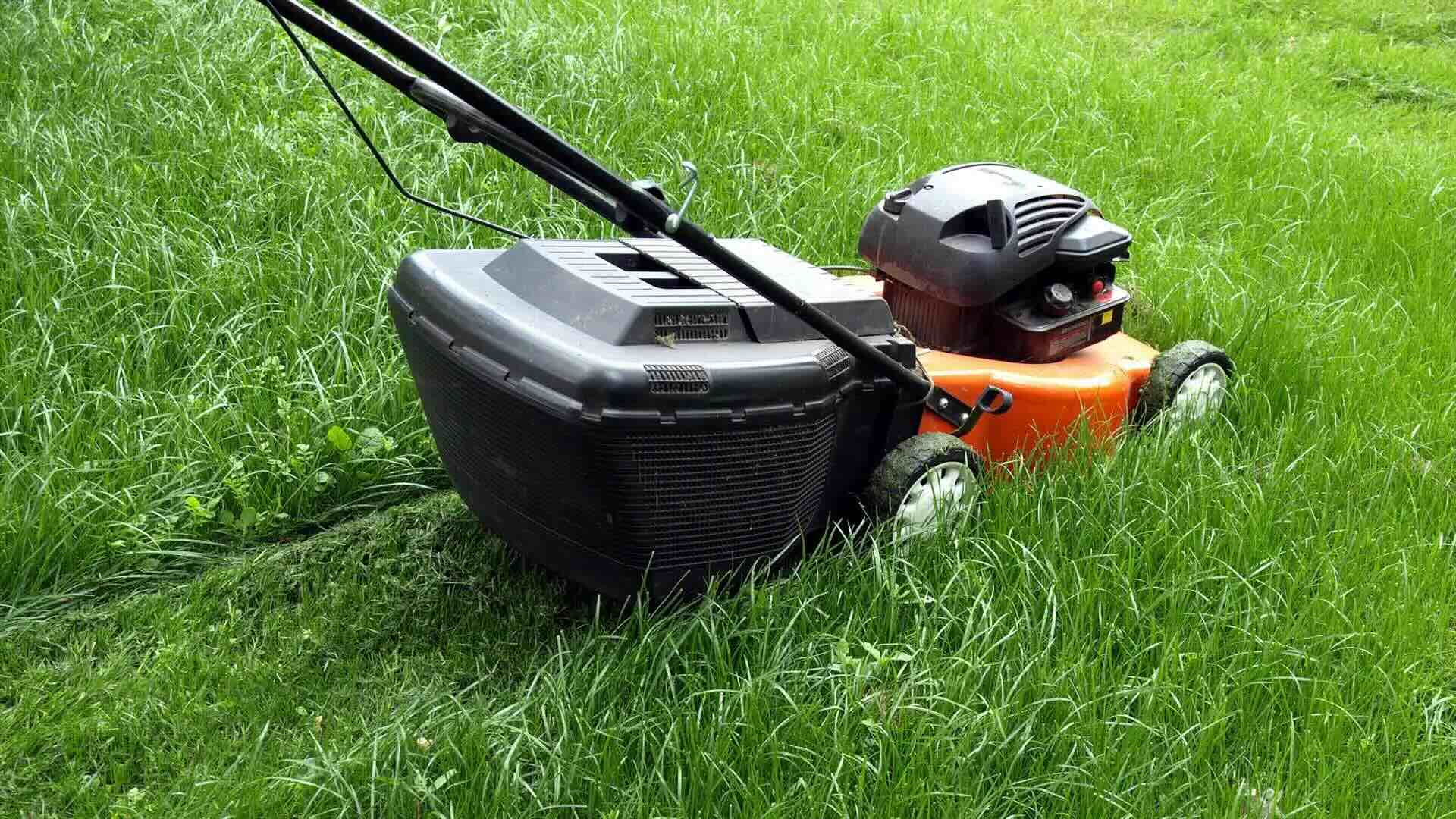

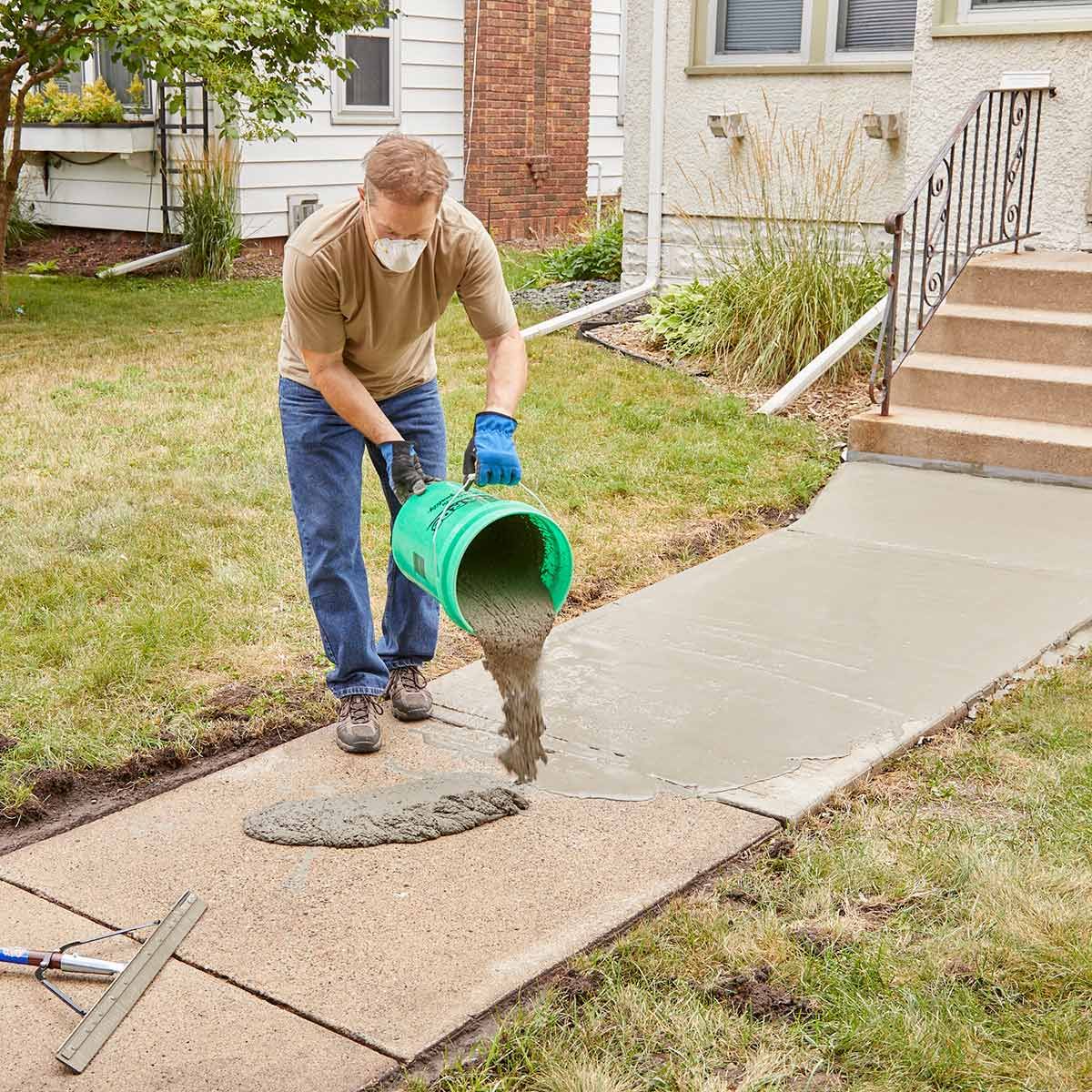
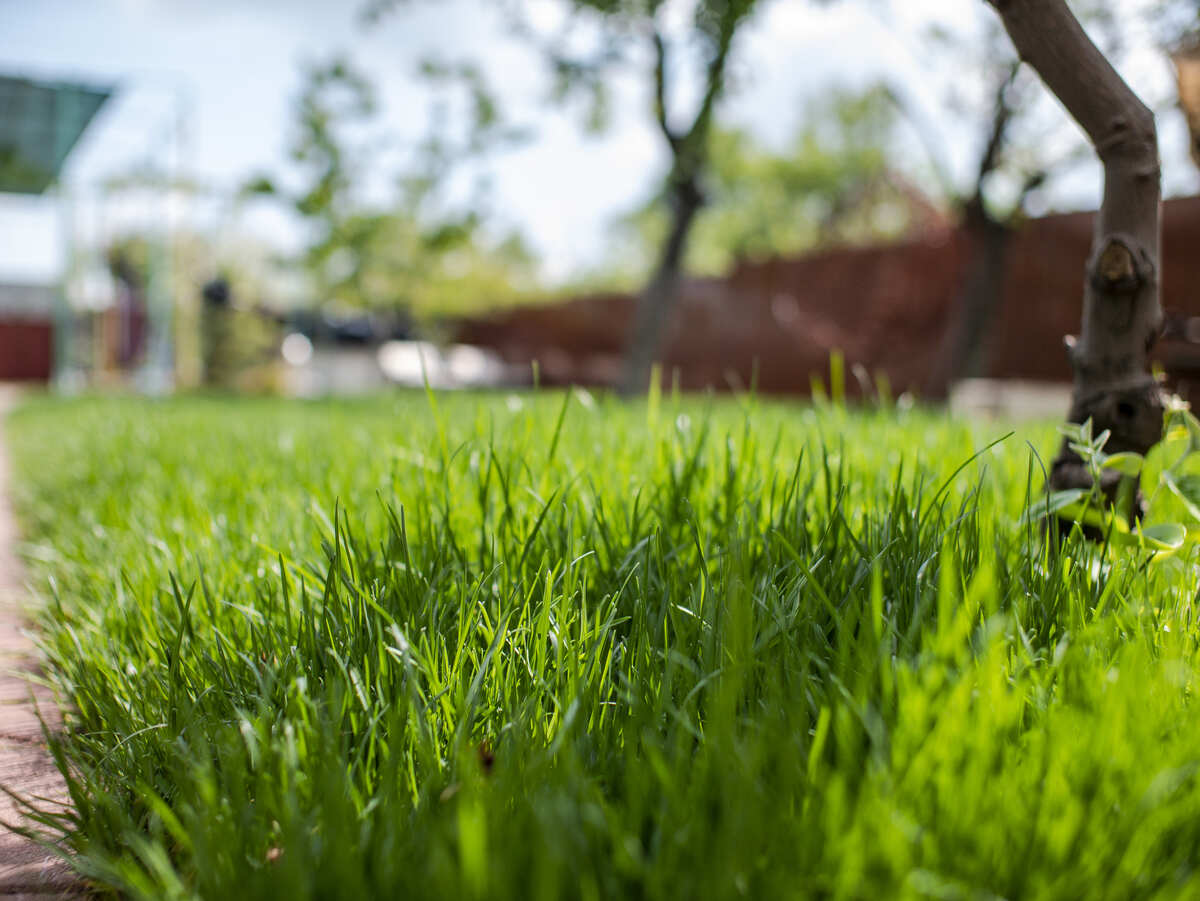

0 thoughts on “How Long To Stay Off New Grass”